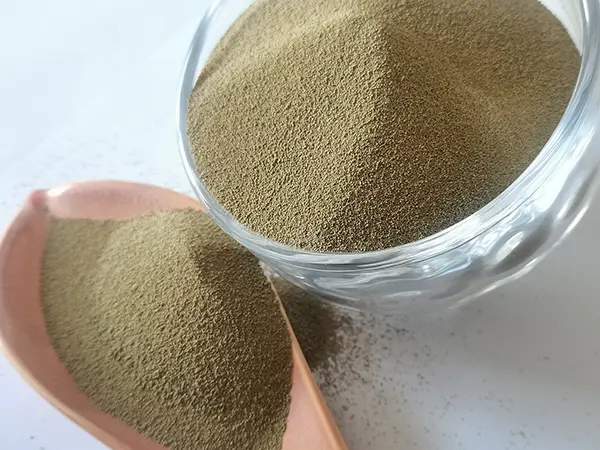The Role of Ceramic Foundry Sand in Modern Casting Processes
The casting industry has always sought materials that enhance the efficiency and quality of the casting process. One of the most innovative developments in this field is the use of ceramic foundry sand. As we explore the characteristics, advantages, and applications of ceramic foundry sand, it becomes clear that it is transforming the landscape of metal casting.
What is Ceramic Foundry Sand?
Ceramic foundry sand is a high-performance material derived from advanced technology and engineered to replace traditional silica sands in metal casting applications. Unlike conventional sands that may have inconsistencies and health risks such as the release of silica dust, ceramic sand is produced from a mixture of alumina and other fine materials that are molded into specific shapes and sizes. The unique properties of ceramic foundry sand make it particularly suitable for precision casting processes in various industries.
Properties of Ceramic Foundry Sand
The most notable properties of ceramic foundry sand include high thermal conductivity, low expansion coefficient, excellent mechanical strength, and superior refractoriness
. These characteristics contribute to better dimensional accuracy and surface quality of the cast parts. Additionally, the uniform particle size of ceramic sand enables better packing density, which significantly enhances the mold's integrity during the casting process.Advantages of Using Ceramic Foundry Sand
1. Improved Surface Finish and Dimensional Accuracy The use of ceramic foundry sand results in a smoother surface finish, reducing the need for extensive post-casting machining. This is particularly important in industries like automotive and aerospace, where precision and surface integrity are crucial.
2. Enhanced Reusability Unlike traditional sand, ceramic sand can be reused multiple times without significant degradation. This reusability not only enhances the cost-effectiveness of the casting operations but also reduces the environmental impact associated with sand disposal and mining.
ceramic foundry sand

3. Reduction in Defects The consistent quality and thermal properties mitigate common casting defects such as warping, cracking, and surface irregularities. This leads to higher yields and lower scrap rates in the foundry.
4. Health and Safety Benefits With a reduced risk of silica dust exposure, ceramic foundry sand promotes a safer working environment for foundry employees, aligning with modern health and safety regulations.
5. Versatility Across Various Applications Ceramic foundry sand is compatible with a wide range of metals and alloys. Its versatility makes it suitable for diverse industries, including automotive, aerospace, oil and gas, and electrical manufacturing.
Applications of Ceramic Foundry Sand
Ceramic foundry sand is being increasingly adopted across various sectors. In the automotive industry, it is used to create molds for engine blocks and transmission cases, where precision and strength are paramount. The aerospace sector benefits from its use in turbine components and structural parts, where failure is not an option and performance standards are extremely high.
Moreover, the oil and gas industry utilizes ceramic foundry sand for complex casting applications such as valve bodies and flanges, where the rigorous demands of high pressure and high-temperature conditions require superior material performance. By incorporating this advanced sand into their processes, manufacturers in these sectors can ensure higher productivity rates and lower operational costs.
Conclusion
Ceramic foundry sand represents a significant advancement in the field of metal casting. Its unique properties and numerous advantages make it an ideal choice for foundries looking to enhance their production capabilities while maintaining high standards of quality and safety. As technology continues to evolve, the adoption of ceramic sand is likely to expand, pushing the boundaries of innovation in casting processes. By embracing these advancements, the foundry industry is not only improving its operational efficiency but also setting the stage for a more sustainable and competitive future in manufacturing.
Post time:ታኅሣ . 25, 2024 02:05
Next:properties of foundry sand
